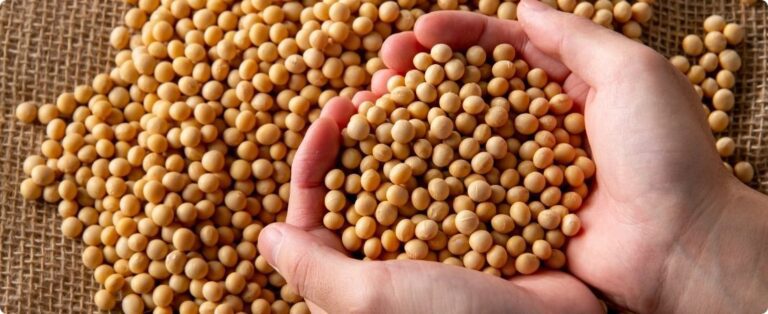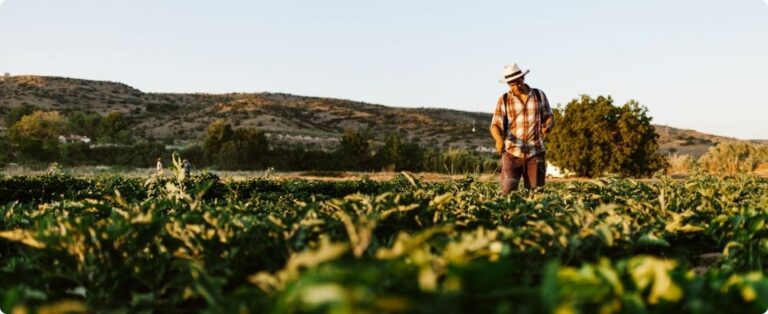Faced with the prospect of economic impacts with the advancement of the new coronavirus pandemic in Brazil and around the world, the financial market has reacted with concern. Now, the picture is different from 2008, when the crisis came from the financial system and not from external factors. However, that was the closest crisis to current times.
DATAGRO analyzed how national GDP and agricultural growth behaved during the years 2007, 2008 and 2009, according to data from the Brazilian Institute of Geography and Statistics (IBGE). This way, it is possible to understand how an event of global proportions can affect Brazilian agribusiness. The sector's share of GDP has varied by around 5% in recent years.
Gross Domestic Product
Brazilian GDP had been growing since 2003 and continued this movement in 2008. When analyzing the years 2007 and 2008, GDP recorded an increase of 6.1% and 5.1%, respectively, going from approximately R$ 2.7 trillion to R$ 3.1 trillion reais. In 2009, the result was close to stability, with a drop of 0.1%, and R$ 3.3 trillion.
Growth of Agriculture
Following the same pace as the national GDP, the agricultural sector also recorded the same growth in 2007 and 2008 at 3.2% and 5.8%, respectively, going from R$ 120.1 billion to R$ 142.0 billion. However, in 2009, the GDP sector recorded a decline of 3.7%, totaling 149.21 billion.
COVID-19
The new coronavirus pandemic, COVID-19, began in China, more precisely in Wuhan, and spread across the world in a few months. Since then, governments have been working to contain the disease in their territories with mandatory quarantines and social distancing. In addition, economic measures are also applied to ensure jobs, income and credit for companies.
The unexpected crisis even worries the International Monetary Fund (IMF), which has already changed its growth estimates for the global economy, leaving it below 3%, the worst result since the 2008 crisis. However, the fund expects a recovery in 2021.
The US efforts to ensure the country's functioning despite a health crisis were the most notable. Authorities approved a US$ 2.2 trillion package, about 10% of the country's GDP. The idea is to ensure the activity of companies, equip hospitals and ensure jobs and unemployment insurance for the population.
In Brazil, GDP had been recovering in recent years after consecutive falls and negative peaks in 2015 and 2016, with a retraction of 3.5% and 3.3%, respectively, according to analyzes by IBGE and data collection by DATAGRO. Economists still do not consider exactly how Brazil's economy will behave at this time amid the coronavirus.
The Brazilian government, however, has already announced a cut in the expectation of the Gross Domestic Product (GDP) for 2020, to a slight increase of 0.02% compared to a previously expected increase of 2.1%.
Source: DATA















